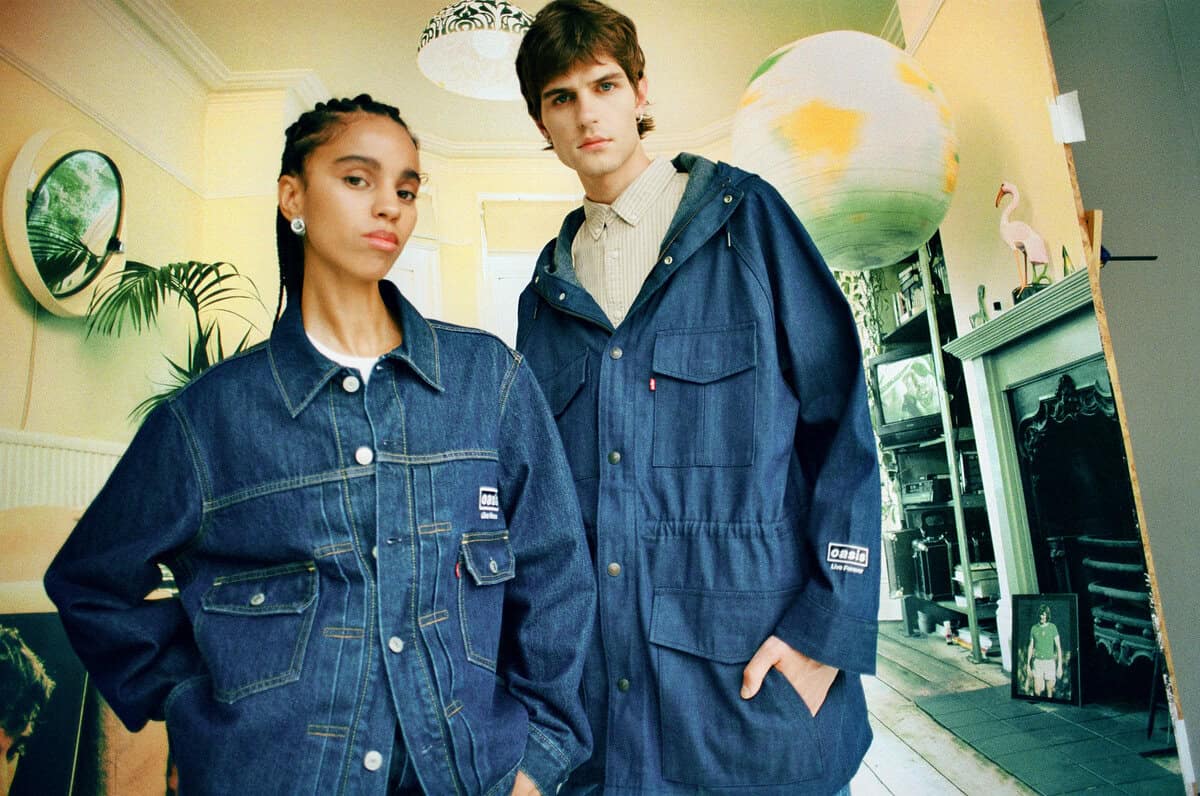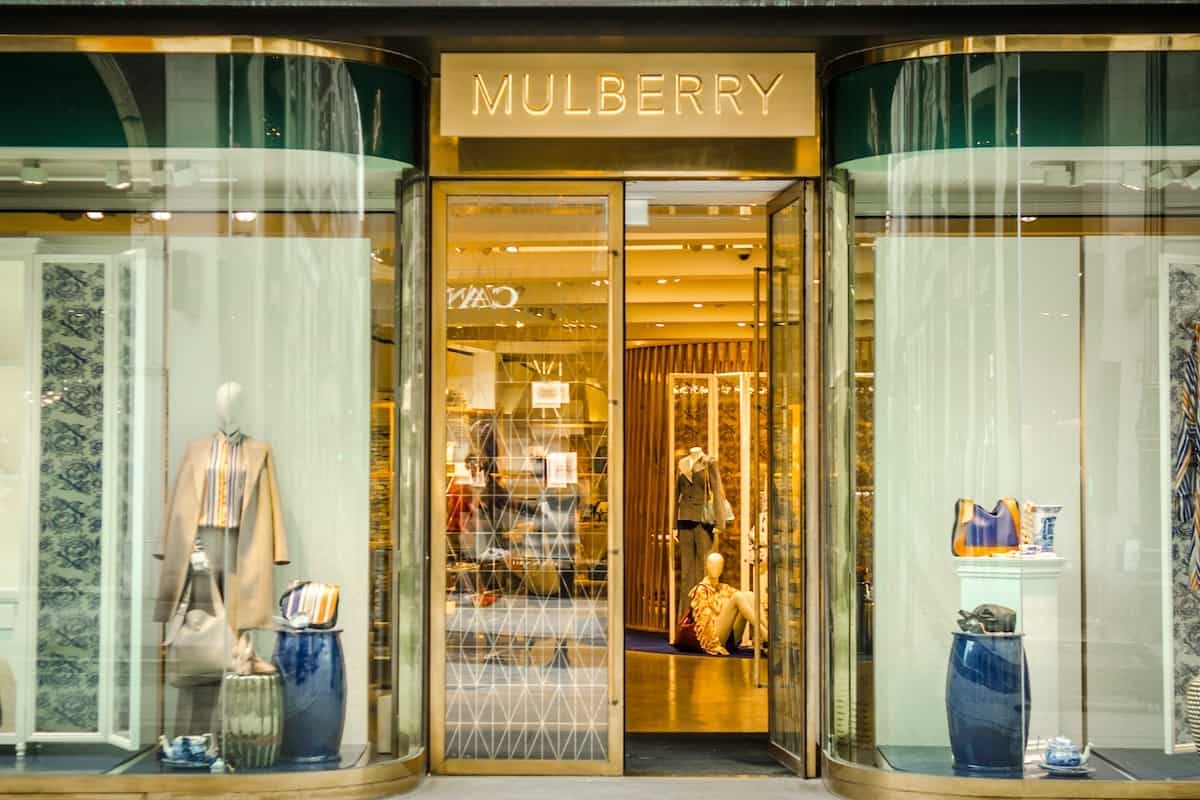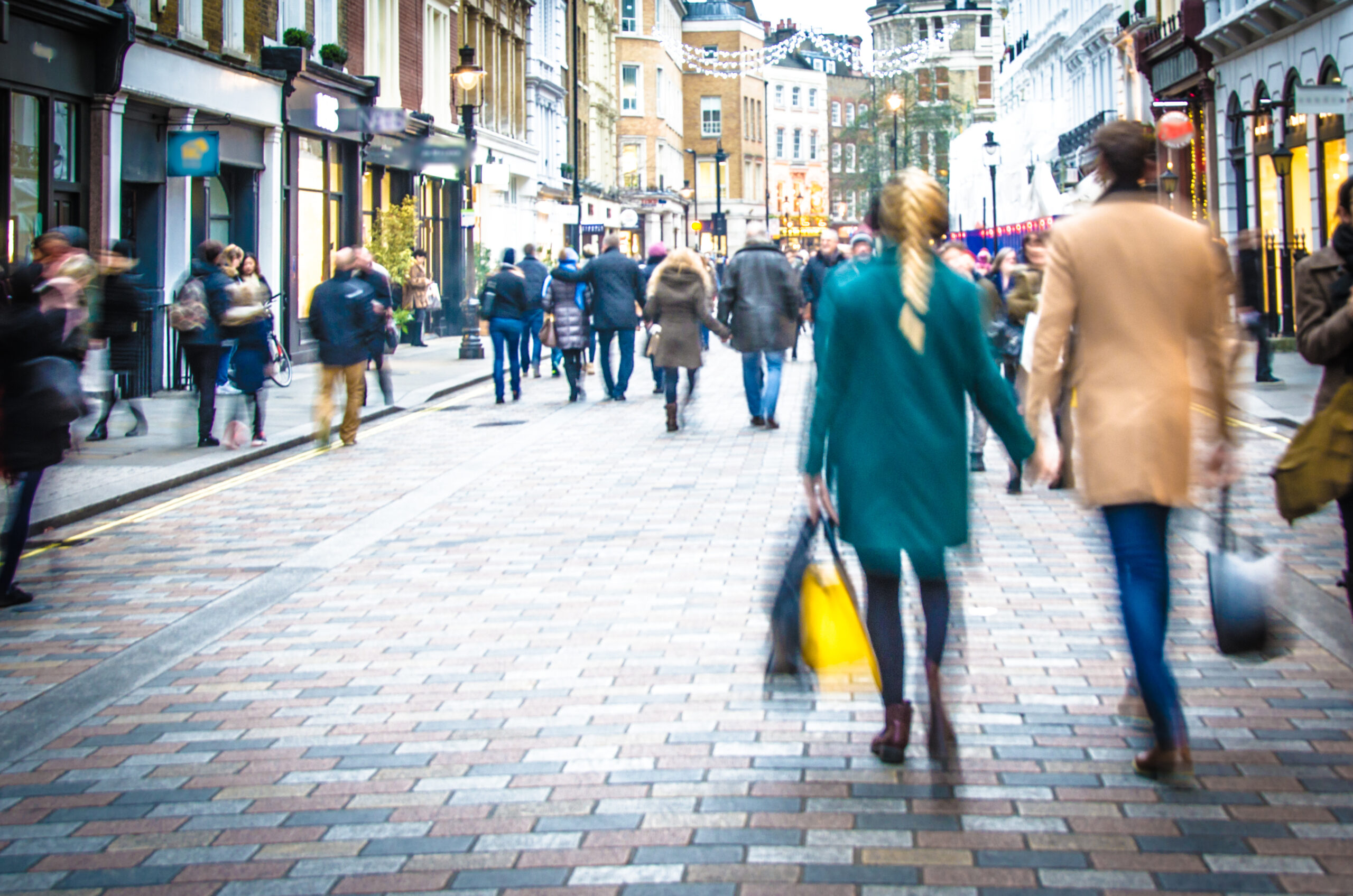A tremendous growth opportunity for e-businesses lies in appealing to shoppers with visual media. As attested by numerous studies, shoppers place more trust in sites on which they can interact with products online—an enjoyable experience comparable to browsing and making purchases in store.
However, poor user experience on your site translates to high bounce rates, diminishing sales, and loss of customers. In fact, a one-second delay in page-load time can lead to adrop in conversion of 7% or more. That’s why it’s important that, in addition to delivering engaging images and videos, you ensure that your webpages are speedy and responsive. After all, fast-loading visual stories make for an enjoyable online shopping experience, captivating and retaining audiences.
High-quality and fast-loading media, which leads to enhanced web performance, can boost your bottom line. Before embarking on the task of optimizing media, keep in mind these three goals:
- Improve brand perception and loyalty.
A study shows that users who experience a slow e-commerce site usedthree times more negative adjectives to describe the brand than those who visited a faster site. Doubtless, slow-loading pages not only frustrate the audience, but also leads to negative impressions about the company and undermines the brand’s reputation.
Hence why retailers must accord web performance a high priority while delivering visually captivating images and videos. A superior shopping experience that starts with fast page loads promises to increase retention and win loyalty.
- Evaluate page experience for higher SEO ranking.
Developers and marketers are buzzing with anticipation for Google’s launch of the new ranking signals, called Core Web Vitals, in June 2021. As with any algorithm change from Google, those page-experience factors—load time, interactivity, and visual stability, which will form the basis of SEO rankings—will significantly affect e-commerce retailers.
Retailers who focus on the key metrics of the CWVs—Largest Contentful Paint (LCP), First Input Delay (FID), and Cumulative Layout Shift (CLS)—will be able to identify the problematic areas in their site. By addressing the issues, retailers can dramatically enhance user experience and earn higher scores from Google, gaining more search traffic and greater visibility. It’s a win-win!
Cloudinary’s Media Optimizer helps improve core web vitals like LCP by optimizing the size and delivery speed of your hero or top-of-the-fold product images..
- Deliver optimized media for all users.
Retailers must account for where, when, and how users load the website. Whether a user is on a high-speed Wi-Fi desktop in the U.S. or a slow 3G mobile device in Europe, the site must deliver files in the most appropriate formats with optimal resolution or pixel density for each and every circumstance.
That’s a tall order to fill manually, which is why automation through AI is a smart way to adapt and optimize media for all network speeds, devices, and browsers. Retailers can then deliver responsive media in the right resolution or pixel density, serving users the optimal digital experience and saving valuable time and bandwidth to boot.
Cloudinary’s Media Optimizer is a completely automated solution that can optimize images and videos for format, quality, and size so they look good and load fast on any device, browser, and connection speed. Multi-CDN delivery with caching ensures your visual media files are delivered reliably and at high speeds.
To recap, page-load delays invariably lead to negative outcomes that drastically impact the bottom line. Given the continual expansion of e-commerce, retailers must deliver an exceptional and engaging shopping experience, starting with a focus on media quality and a fast-loading site. It’s a tremendous opportunity to win patrons and potential customers. Don’t miss it!






